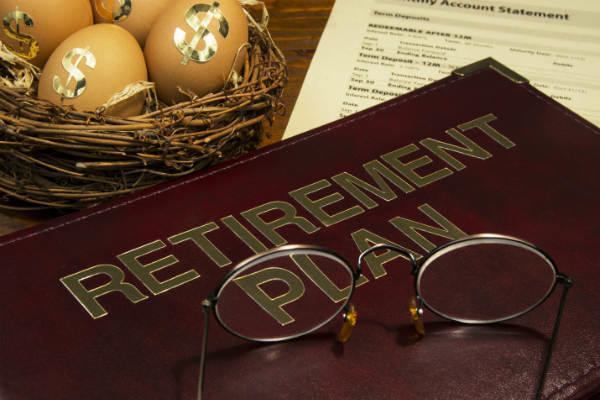Before you invest in a thrift savings plan, here are the questions you should answer for yourself.
What Are My Retirement Needs?
Think about the kind of life you expect to have in retirement, how long you expect to be in retirement, and what your income needs might be.
- Start by estimating a percentage of your current annual income that you think might sustain you in your retirement years. Then determine the extent to which you expect to rely on your TSP account for that income.
Your TSP account may be your main income source or it may be one of several sources that could include a pension, an annuity, an IRA, your Social Security payments, or other savings. You should consider all of your income sources when determining what role your TSP account will have in meeting your retirement needs.
What Is My Time Horizon?
Determine your time horizon, or how many years you'll have before you need to start withdrawing money from your TSP account. For example, if you are 35 years old today and you don't expect to start withdrawing from your TSP account until you are 65 years old, your time horizon is 30 years.
If you have a longer time horizon, you may want to take more risk in your TSP account. Remember, your TSP account will need to provide income for you throughout all of your retirement years.
How Much Risk Am I Willing to Accept?
Think about the type of investor you are.
If you get anxious with every dip in the market, consider an investment, such as the G Fund, that places a higher priority on stability than on the opportunity to achieve significant long-term growth.
If you are willing to tolerate fluctuations in your account value in exchange for the possibility of higher returns over time, then consider introducing higher volatility funds, such as the C Fund, S Fund, and I Fund, to your retirement portfolio.
How Much Risk Am I Able to Accept?
If you are nearing retirement, you should think twice before taking a lot of risk in hopes of earning bigger returns. What happens if the market turns against you just as you are approaching the time that you need to start withdrawing your money?
If you've just started your career, you have quite a few years before you'll need the money in your TSP account. You can let time work in your favor, allowing you to bounce back from any losses that you might experience in the short term.
How Much Diversification Do I Need?
You've heard it before: Don't put all your eggs in one basket. By diversifying (spreading your money among different investments), you reduce the likelihood that your entire account will be severely affected by dramatic fluctuations in any single asset or fund.
- Each of the TSP funds is diversified within its particular market segment. This reduces risk within each fund. For example, the C Fund is invested in an index fund that represents all of the stocks in the Standard & Poor's 500 (S&P 500) Index.
- Each of the TSP funds tracks a different segment of the overall financial market without overlapping. For example, the C Fund tracks the performance of the largest U.S. companies and industries while the I Fund tracks the performance of major companies in the European, Australian, and Asian stock markets.
Diversification is important because, at any given time, prices can move in different directions and by different amounts. By investing in all segments of the market (such as Treasury securities, bonds, and stocks), as opposed to just one segment, you'll reduce the amount of volatility (risk) in your retirement account.
Although diversification does not insulate you from losses on particular investments, it can reduce the risk of incurring large losses on your entire portfolio.




